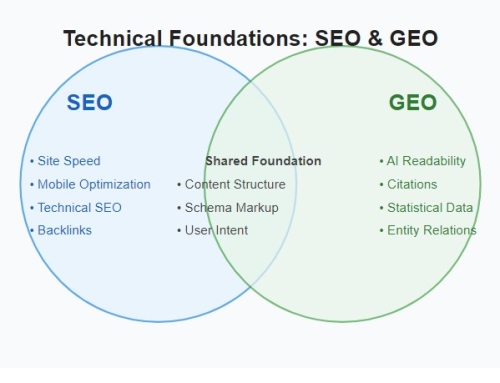“If I have seen further, it is by standing on the shoulders of giants.” – Isaac Newton
This quote perfectly captures the essence of modern digital authority building – leveraging existing knowledge while creating new value. Let’s explore how to build authority through strategic citations that serve both human readers and AI systems.
Understanding Modern Citation Value
For Human Readers
- Builds credibility
- Validates claims
- Provides additional resources
- Shows research depth
- Establishes expertise
For AI Systems
- Creates entity relationships
- Establishes topical authority
- Builds knowledge graphs
- Validates factual accuracy
- Strengthens content relevance
Strategic Citation Framework
Source Hierarchy
- Primary Sources
- Academic research
- Industry studies
- Government data
- Original research
- Expert interviews
- Secondary Sources
- Industry reports
- Expert analysis
- Case studies
- Professional publications
- Verified statistics
- Tertiary Sources
- News coverage
- Industry blogs
- Expert opinions
- Market analysis
- Trend reports
Citation Integration Techniques
Technical Implementation
- HTML Structure
html
<cite class="authority-source">
<a href="source-url" rel="noopener">
<span class="author">Author Name</span>
<span class="publication">Publication</span>
<span class="date">Date</span>
</a>
</cite>Content Integration
- Seamless narrative incorporation
- Contextual relevance
- Strategic placement
- Value addition
- Reader flow maintenance
Building Authority Through Citations
Authority Signals
- Academic Authority
- Peer-reviewed research
- University studies
- Scientific papers
- Academic journals
- Research institutions
- Industry Authority
- Market leaders
- Industry experts
- Professional associations
- Leading publications
- Verified case studies
- Statistical Authority
- Government data
- Industry statistics
- Market research
- Original studies
- Verified surveys
AI-Optimized Citation Strategies
Entity Relationship Building
- Clear source attribution
- Topic clustering
- Authority linking
- Knowledge graph integration
- Semantic connections
Citation Markup
- Schema implementation
- Structured data
- Reference tagging
- Source verification
- Authority validation
Practical Implementation Guide
Citation Checklist
- Source Evaluation
- Authority verification
- Recency check
- Relevance assessment
- Accuracy validation
- Bias evaluation
- Integration Process
- Context alignment
- Flow maintenance
- Technical markup
- Value addition
- Reader benefit
Best Practices
- For Human Readers
- Natural integration
- Clear attribution
- Value explanation
- Additional context
- Easy verification
- For AI Systems
- Structured markup
- Clear relationships
- Entity connections
- Fact validation
- Knowledge mapping
Measurement and Optimization
Authority Metrics
- Citation pickups
- Reference tracking
- Authority scores
- Knowledge panel inclusion
- Featured snippet generation
Performance Indicators
- Reader engagement
- Time on page
- Click-through rates
- Reference clicks
- Social shares
Future-Proofing Your Citation Strategy
Emerging Trends
- AI citation analysis
- Automated fact-checking
- Real-time validation
- Dynamic citations
- Interactive references
Adaptation Strategies
- Regular source updates
- Citation freshness
- Authority maintenance
- Relationship building
- Content evolution
Next Steps
- Audit current citations
- Build citation database
- Implement structured markup
- Develop tracking systems
- Monitor authority metrics
Up Next: “Interactive Content: Engaging Humans While Training AI”








